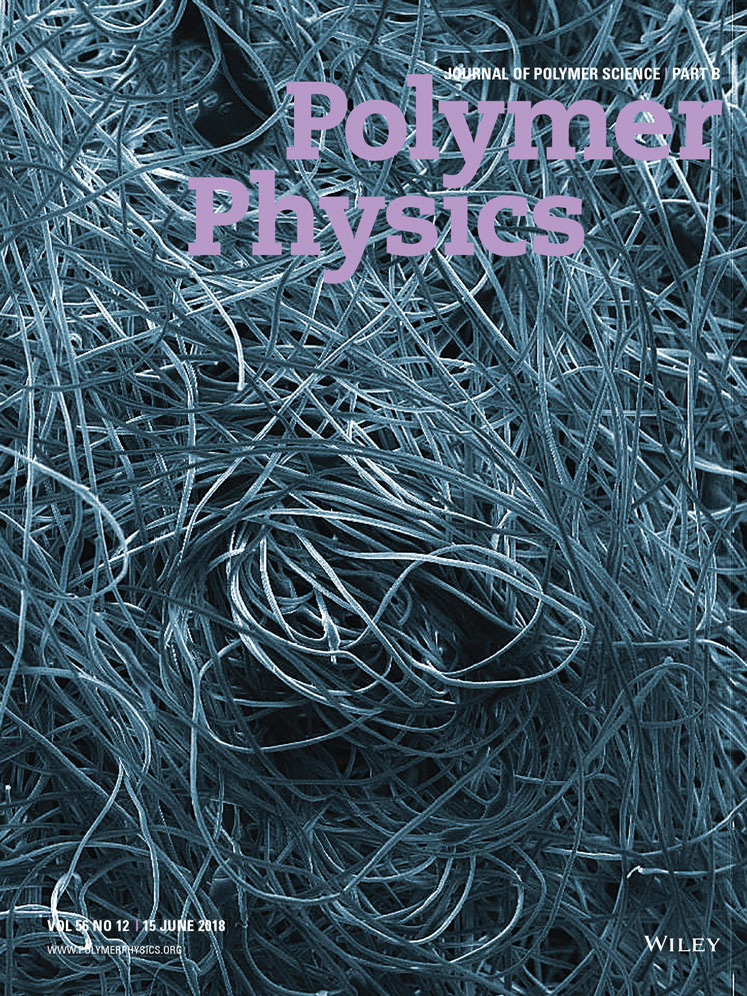Dielectric and rheological study of the molecular dynamics during the cure of an epoxy resin
ABSTRACT
Composite manufacturing is currently one of the most challenging processes for industrial lightweight applications. To date, the process conditions for polymer-based composite manufacturing are evaluated by laboratory measurements: usually, the flow behavior and the curing of the polymer matrix material are characterized by rheology and quality assurance is performed by thermo-physical analysis in postprocess measurements. In contrast a dielectric in-mold sensor offers the possibility to measure the real-time behavior of the polymer during processing. This study focuses on the correlation of simultaneous rheological and dielectric measurements on Hexcel RTM6 using a coupled setup of both techniques. For dielectric measurements a reusable in-mold sensor was used and a calibration, taking into account the cable response, was performed. The results show good agreement with respect to glass-transition temperature and the gel-point. This can be understood by the fluctuation–dissipation theorem that explicitly relates molecular dynamics to the macromolecular mechanical properties under dynamic time-dependent load. Furthermore, it was found that the dynamic viscosity can directly be related to the electrical conductivity. This proves the high potential of dielectric analysis as online-capable technique for material characterization during composite manufacturing. © 2018 Wiley Periodicals, Inc. J. Polym. Sci., Part B: Polym. Phys. 2018, 56, 907–913




